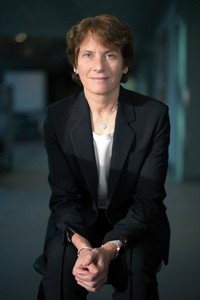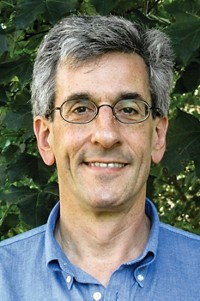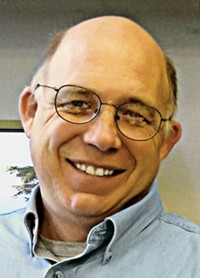Advertisement
Grab your lab coat. Let's get started
Welcome!
Welcome!
Create an account below to get 6 C&EN articles per month, receive newsletters and more - all free.
It seems this is your first time logging in online. Please enter the following information to continue.
As an ACS member you automatically get access to this site. All we need is few more details to create your reading experience.
Not you? Sign in with a different account.
Not you? Sign in with a different account.
ERROR 1
ERROR 1
ERROR 2
ERROR 2
ERROR 2
ERROR 2
ERROR 2
Password and Confirm password must match.
If you have an ACS member number, please enter it here so we can link this account to your membership. (optional)
ERROR 2
ACS values your privacy. By submitting your information, you are gaining access to C&EN and subscribing to our weekly newsletter. We use the information you provide to make your reading experience better, and we will never sell your data to third party members.
Biological Chemistry
Alfred Bader Award In Bioinorganic Or Bioorganic Chemistry
by Carmen Drahl
January 13, 2014
| A version of this story appeared in
Volume 92, Issue 2
Sponsored by the Alfred R. Bader Fund
It’s natural to assume that a scientist as accomplished as Laura L. Kiessling never made an ill-considered move in her youth. As a matter of fact, she did so in writing.
Kiessling grew up in the small town of Lake Mills, Wis. “I had some amazing, inspiring teachers there,” she remembers, as well as boundless opportunities to explore nature. On the whole, though, young Kiessling thought her peers paid too much attention to sports and not enough attention to the intellectual world. “I’m going to find a place where people care about intellectual pursuits,” she wrote for a class assignment. “I will not come back.”
Her teenage manifesto notwithstanding, Kiessling did go back to her home state. Today she is a professor of chemistry and biochemistry at the University of Wisconsin, Madison. Kiessling “has made brilliant contributions to the life sciences,” says Harvard University’s Stuart L. Schreiber. “She has successfully integrated synthetic chemistry and cell biology, and her program is only growing in its impact.”
She’s recognized for cleverly using chemistry to explore intricate carbohydrate-containing structures called glycans—both the pathways to their production and their roles in biology.
In particular, Kiessling “has been a true pioneer in the study of protein-carbohydrate interactions,” says Columbia University’s Ronald Breslow, himself a pioneer in biomimetic chemistry. In the immune system and elsewhere in the body, glycans are frequently involved in multivalent interactions, by which multiple recognition elements make contact with multiple receptors. “The analogy a lot of people make is Velcro,” Kiessling says. Each individual interaction may be of low affinity, she explains, but taken together, the multivalent interaction becomes powerful.
Kiessling “recognized the need for defined multivalent carbohydrate ligands to understand glycan recognition,” points out her Wisconsin colleague Samuel H. Gellman. Her team used a ring-opening metathesis reaction to construct multivalent ligands. That feat placed her lab among the first to use the eventual Nobel Prize-winning method to make a biologically active compound, Gellman adds.
More recently, Kiessling’s lab has used its chemical biology expertise to discover materials for propagating human pluripotent stem cells.
Kiessling earned an undergraduate chemistry degree at Massachusetts Institute of Technology, working with William R. Roush. She then earned a doctorate working with Schreiber, who was at Yale University at the time.
After a postdoctoral stint with California Institute of Technology’s Peter B. Dervan, Kiessling set up her research group at Wisconsin. She has earned countless honors, including a MacArthur Fellowship and election to the National Academy of Sciences. She serves as editor-in-chief of ACS Chemical Biology. “Much of my success is due to my incredibly supportive spouse,” fellow Wisconsin chemist Ronald T. Raines, Kiessling says.
Kiessling’s recognition has led to opportunities to talk about science to the public. This year, she explained on a Wisconsin community radio station how the then-ongoing government shutdown could harm basic research.
In her hometown, she has spoken to the Rotary Club about scientific funding. She long ago changed her views about her town, and came away impressed by attendees’ questions. “My views of my own town when I was growing up were inaccurate,” she says. “Smart, informed people live everywhere.”
Kiessling will present the award address before the Division of Organic Chemistry.






Join the conversation
Contact the reporter
Submit a Letter to the Editor for publication
Engage with us on Twitter